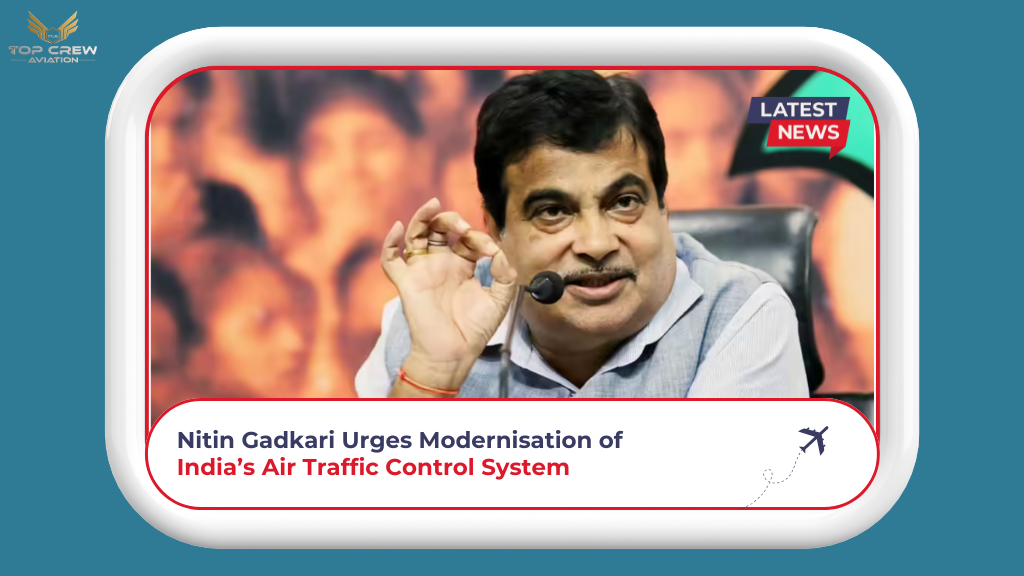Nitin Gadkari Urges Modernisation of India’s Air Traffic Control System
India’s aviation industry is growing faster than ever — more flights, more airports, and more people choosing to fly. But as the skies get busier, the systems that manage air traffic need a serious upgrade.
One of the latest happenings in the world, the Union Minister with his own words recently stressed at a civil aviation conference in Nagpur for a complete obliteration and modernisation of the Air Traffic Control (ATC) system of India. It is a powerful and strong message from the Union Minister, who insists that India must go for the latest technology, better coordination, and quicker reforms so that the entire airspace can become safer and more efficient.
Key Aspects
1. Modern Technology in ATC: Gadkari stressed the need for implementation of advanced digital tools and automated systems in air traffic management. With more flights operating day by day, increasing passengers each day, the Indian ATC must evolve to manage this demand efficiently and safely.
2. Regulatory Reforms: The Minister pointed out that outdated aviation rules are slowing down progress. He urged policymakers to bring in global-standard regulations and speed up approvals to match the growth of India’s aviation sector.
3. Nagpur as the New ATC Hub: Gadkari also talked about developing Nagpur as a centralised control hub under the ISHAN Project. This project aims to integrate India’s four Flight Information Regions (FIRs) into a single, unified ATC system, improving real-time monitoring and coordination.
4. Strengthening Safety and Efficiency: The modernisation of the ATC network will not merely increase safety but will also reduce flight delays and save fuel, as well as let airlines operate more efficiently. A smoother journey for the passengers with a stronger and greener aviation ecosystem for India will be nurtured.
Insights
Gadkari has put his weight behind ATC modernisation, and this reflects the much-needed shift of focus from building more airports to managing India’s airspace intelligently. If implemented well, the ISHAN Project would be a landmark in aviation management, granting India the ability to monitor and control all domestic, internal, and foreign flights from one integrated hub.
By pushing in the direction of digitalisation and automation, Gadkari hopes that flight coordination should be quicker, safer, and more accurate than ever. His criticism of bureaucratic delays also serves as a reminder that aviation reform is not just about technology — it is about swift decision-making and good governance.
This supports India in its long-term vision of becoming a global aviation hub and also ensures the protection of the environment through the optimisation of routes and better air traffic management.



